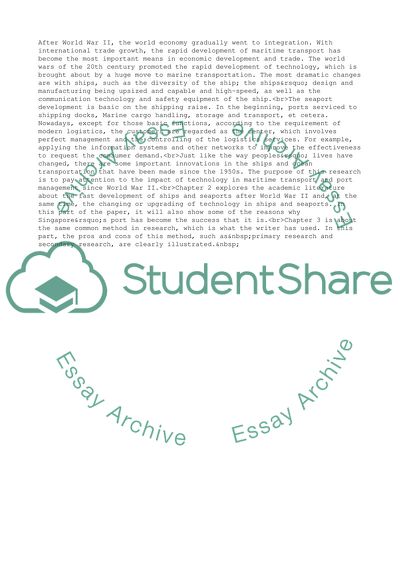Cite this document
(The Technology in Maritime Transport and Port Management after World W Essay, n.d.)
The Technology in Maritime Transport and Port Management after World W Essay. Retrieved from https://studentshare.org/business/1735651-logistics-dissertation-editing-work
The Technology in Maritime Transport and Port Management after World W Essay. Retrieved from https://studentshare.org/business/1735651-logistics-dissertation-editing-work
(The Technology in Maritime Transport and Port Management After World W Essay)
The Technology in Maritime Transport and Port Management After World W Essay. https://studentshare.org/business/1735651-logistics-dissertation-editing-work.
The Technology in Maritime Transport and Port Management After World W Essay. https://studentshare.org/business/1735651-logistics-dissertation-editing-work.
“The Technology in Maritime Transport and Port Management After World W Essay”, n.d. https://studentshare.org/business/1735651-logistics-dissertation-editing-work.


